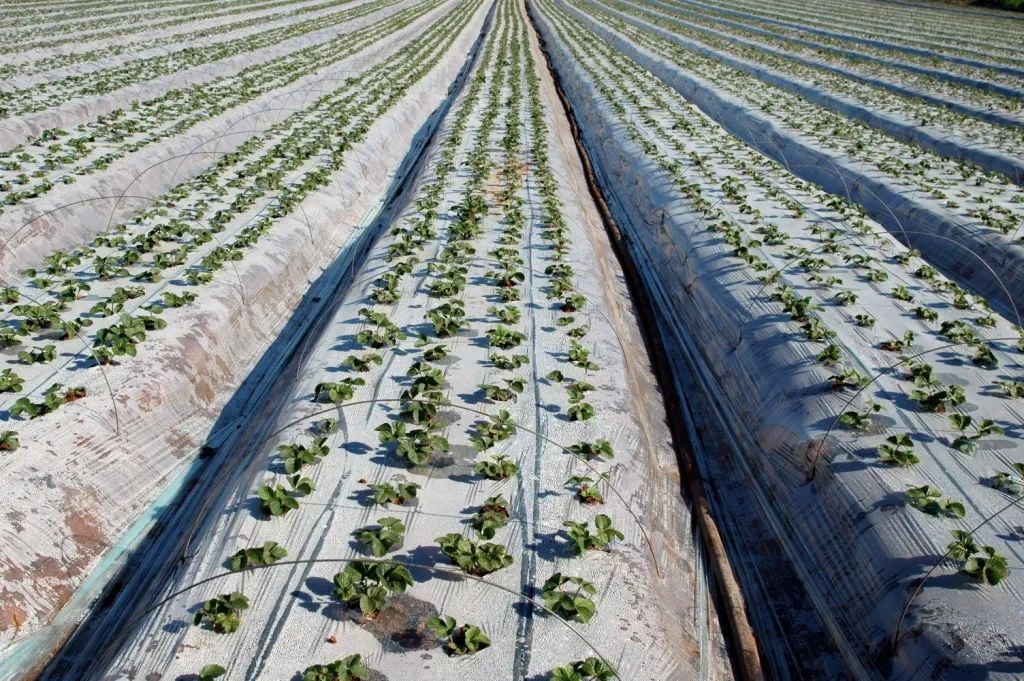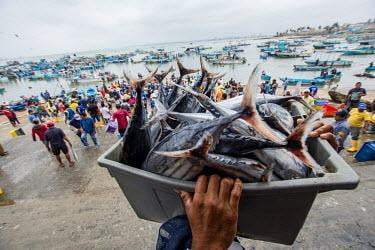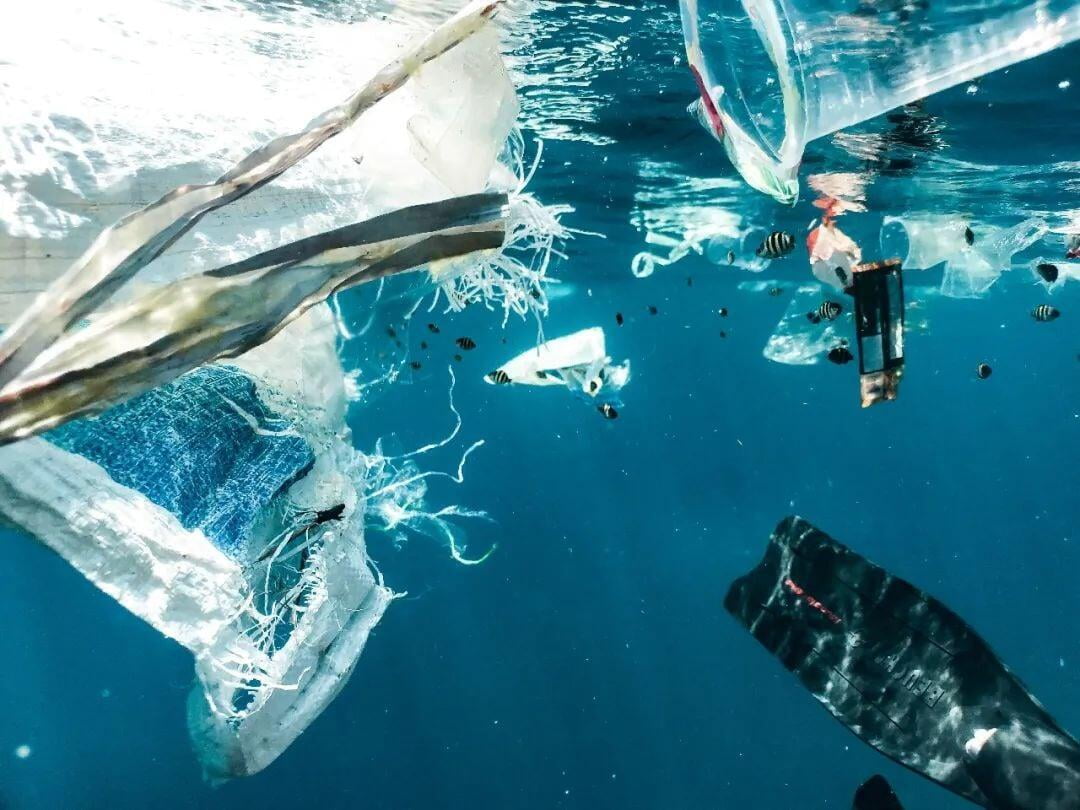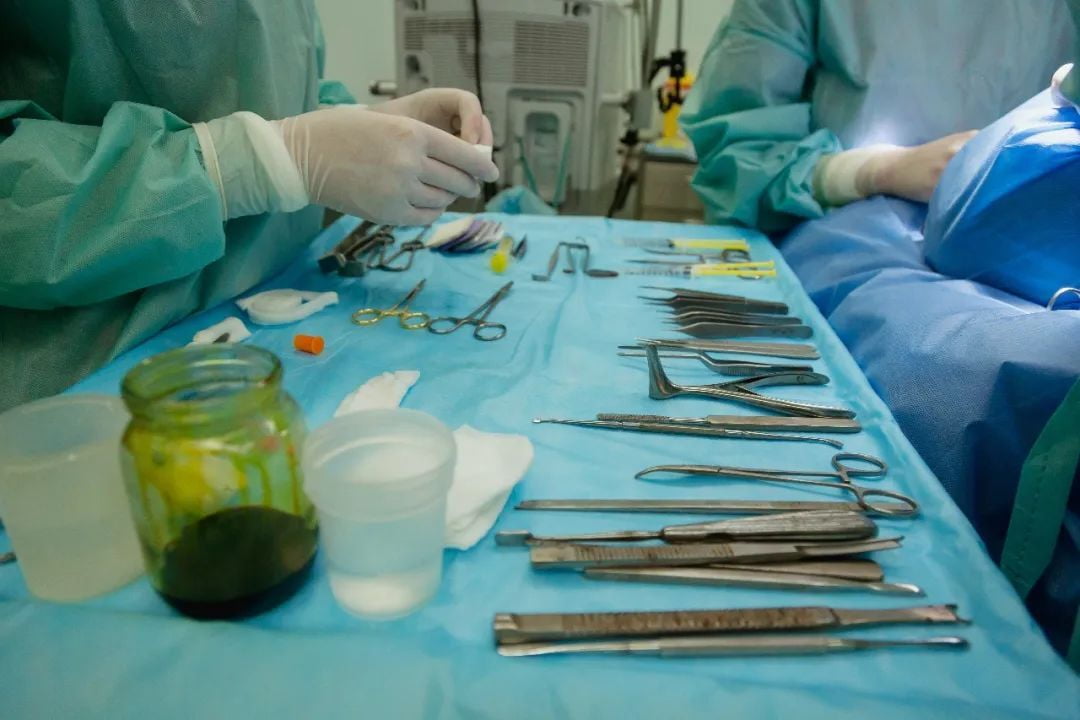Biodegradable plastics will enter people's daily life after they come out of factories, and will also be widely used in agriculture, fishery, and medicine. However, are biodegradable plastics suitable for these scenarios? Can they be truly "degraded" in these scenarios? Will it create a new burden on the environment? The answers to these questions are the key to the scientific application of biodegradable plastics, to ensure that environmental policies are truly implemented and that environmental protection is not reduced to mere rhetoric.
Next, let us explore the application prospects of biodegradable plastics in different scenarios one by one.

Agriculture: the most promising application scenario for biodegradable plastics
Agricultural land film is one of the most promising markets for biodegradable plastics. Agricultural mulch is a plastic film used in agricultural production, mainly for moisturizing and insulating crops during the planting period, but also for insect and disease prevention.
The demand and use of agricultural mulch is huge and widely used, which brings good economic benefits to farmers, but also serious pollution problems to the environment. Since agricultural land film is easy to break and difficult to pick up, mechanical recycling efficiency is low, and processing costs are high, farmers are less motivated to recycle agricultural film, which makes it very difficult to recycle and process used agricultural film.
Conventional mulch is typically made of polyethylene compound (PE), a material that is difficult to degrade under natural conditions and can remain in the soil for 200 to 400 years, resulting in large amounts of residual mulch debris in the soil.
Increasing amounts of residual film in arable soils can degrade the soil environment, reduce soil water content, slump and reduce fertility. Residual mulch can also release inorganic and organic pollutants in the soil, affecting soil properties and crop growth, and entering the human body through the food chain, posing a health hazard and exacerbating environmental and health risks. Residual mulch can also release inorganic and organic pollutants in the soil, affecting soil properties and crop growth, and entering the human body through the food chain, posing a health hazard and exacerbating environmental and health risks.
To solve the problem of soil contamination by residual film, biodegradable plastic can be one of the alternatives to traditional PE mulch, which, like ordinary mulch, has the same effect of increasing temperature, water and moisture retention, and can reduce the amount of agricultural fertilizer and water used. At the same time, biodegradable mulch can degrade on its own, eliminating the need for farmers to take the time and effort to recycle and dispose of it, so it can be used directly for the next season's cultivation.
Compared to conventional mulch, biodegradable mulch is still costly, so government efforts are still needed to promote its large-scale use.
It is worth noting that while biodegradable plastics have the obvious advantage of being degradable, they may also have a potential negative impact on the environment. Some studies have noted that the processing techniques used to produce biodegradable mulch are the same as those used to produce conventional mulch, and while some manufacturers will use less toxic biodegradable additives in place of oil-based, synthetic additives, more people typically use additives similar to those used in conventional mulch.
When biodegradable mulch is fully introduced into agricultural soils, all the substances it contains are released into the soil and come into direct contact with the natural microorganisms in the soil as well as the plants that are farmed, causing potential contamination. Therefore, further ecotoxicity assessment of biodegradable mulch is needed before widespread promotion of biodegradable plastics.

Fisheries: an area that is still neglected
Among the floating garbage on the sea surface, beach garbage and seabed garbage, plastic garbage accounted for 92.9%, 75.9% and 83.3% respectively. Plastic garbage is mainly plastic rope, plastic debris, foam and plastic bags, etc.
Among this plastic waste, in addition to the waste spilled from rivers and land, there is also plastic waste spilled from fishing work and fishermen's lives. The study found that the large amount of discarded plastic waste from fishing operations includes damaged or discarded fishing nets, discarded foam floating gear, box boards, etc. The generation of these plastic wastes mainly occurs in marine fishing trawl, spread net and drift gillnet operations and seawater netting process.
Usually, due to the high value of the gear, fishermen will try their best to salvage it on board and repair it for reuse or sell it to recycling organizations for disposal, but there are still a few nets that cannot be retrieved due to obstacles or are forced to be discarded in case of emergency. At the same time, if encountered with typhoon weather, it may also lead to the destruction of mariculture nets or the loss of broken netting. In addition, although the floating materials for nets and foam boxes for catch storage can be recycled, there will be a few cases of breakage and abandonment into the sea during the use, and the foam floating gear and box boards that enter the marine environment mostly originate from this.
In addition to plastic waste from fishing operations, fishermen living at sea also produce domestic waste plastic waste. Research surveys show that with the improvement of living standards, about 80% of crew members drink mineral water in small bottles and about 20% drink mineral water in large barrels or boil the fresh water carried on board and drink it. Plastic bags are also commonly used by fishermen. Due to the limited storage space on fishing boats, fishermen and the relative lack of environmental awareness, the probability of throwing mineral water bottles, plastic bags, etc. into the sea after use is high.
First, there is a need to develop products that can degrade relatively quickly in the ocean in terms of technology. Compared to the soil environment, the marine environment is characterized by high salinity and low microbial density. Plastic products that can be degraded by microbial enzymatic reactions on land often fail to degrade in the marine environment. Some studies have shown that the degradation rate of biodegradable materials PLA, PBAT, PHA and PCL in seawater is less than 10%, and the degradation rate of commercially available major materials PLA in seawater is less than 1%. This puts high demands on the biodegradable plastics suitable for use in fisheries, and it is necessary to step up the research and development of seawater degradation products and develop related fields.
Some industry experts point out that biodegradable products in the fishing industry would be a very large market if the right products were available. However, in addition to developing products that degrade themselves in seawater, manufacturers need to ensure durability and robustness over the life of the product to prevent damage from wind and waves and economic loss to fishermen, while also keeping costs down and making biodegradable plastics affordable to fishermen.

Pharmaceutical industry: good trend of biodegradable plastics
The medical industry is an important area for the application of biodegradable materials. Unlike agriculture and fisheries, the role played by biodegradable materials in the medical industry is relatively less related to environmental protection and less costly to consider. For the medical industry, the specific properties of biodegradable materials are valued more.
At present, PHA and PCL have good thermoplastic, molding processability and biocompatibility, and are mostly used as surgical sutures, fracture fixation devices, organ repair, artificial skin, tissue cell engineering, etc. The use of biodegradable sutures can eliminate the pain of suture removal for patients, and the use of built-in biodegradable repair devices can reduce the risk of rejection and infection.
In addition, since the performance of biodegradable plastics is controllable, researchers will also adjust the performance of the material and adjust the degradation time to match the cycle of drug slow release and in vivo degradation to better meet the precise performance needs of medical scenarios, depending on the environment of use.
It is because of these qualities of biodegradable materials that they can have practical applications in medical and pharmaceutical applications and therefore have potential for growth in the high-end market.

Life: Whether biodegradable plastics are suitable to be used in the living field remains to be explored
The household sector is by far the most used area for biodegradable plastics.
Nearly 97% of biodegradable plastics will be sent to incineration and sanitary landfill by the sanitation system after use, and the proportion of direct entry into the environment is about 3%, with only less than 0.01% entering the industrial composting and anaerobic digestion and other fermentation degradation stages.
This means that biodegradable plastics are not really degraded, but, like traditional plastics, go to waste incineration and landfill facilities, failing to bring environmental benefits and even having a greater environmental impact than traditional plastics - the carbon equivalent of PLA being landfilled in a landfill facility exceeds that of traditional plastics by about 35 percent.
In theory, biodegradable plastic bags should enter food waste treatment facilities along with food waste and eventually be utilized for conversion to fertilizer or gas.
Degradable plastic waste treated in food waste treatment facilities will have a smaller environmental impact, about 30% of that of incineration facilities and 15% of that of landfill facilities.
However, since the difference between biodegradable plastics and traditional plastics is very small in appearance and color, it is difficult to realize effective sorting by color sorter, flotation machine and mechanical sorter, and it is difficult to distinguish between the two.
This makes it difficult for the average consumer to sort their waste, creating problems for sorting in the pre-treatment stage before entering the food waste treatment facility, and can affect the subsequent sorting and recycling.
For ordinary people, they cannot ensure that they can correctly put biodegradable plastic waste into the classification of wet waste when sorting waste; for waste treatment plants, most food waste treatment facilities will directly reject impurities in the shape of plastic products in the pre-treatment stage, and cannot distinguish biodegradable plastics from traditional plastics, resulting in less than 5% of the remaining biodegradable plastic products can actually enter the biomass fermentation system in the end; in the recycling stage, because they cannot do the classification of biodegradable plastics and traditional plastics, both will be collected together, but the recycled plastic products mixed with biodegradable plastics will have more than 20% lower regeneration value.
If the use of biodegradable plastics is promoted on a large scale without focusing on the use scenario, it may not only fail to produce environmental benefits, but even backfire and add huge social costs.


